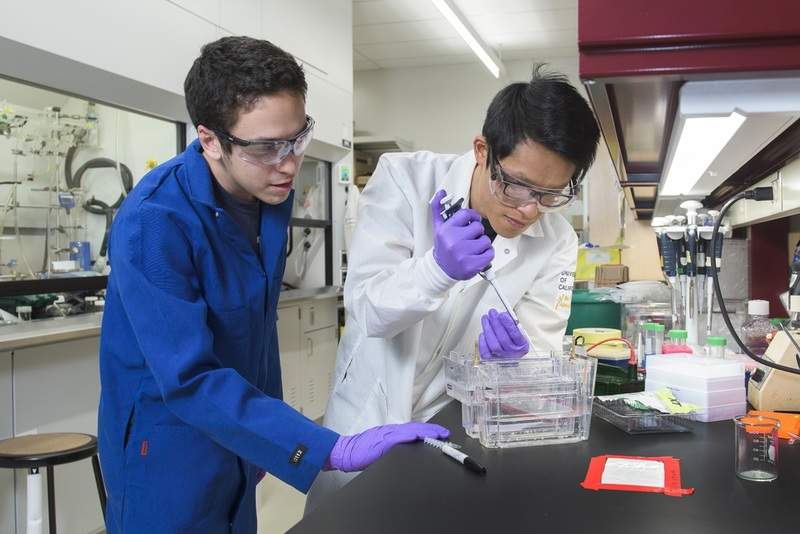
Researchers from Stanford University in the US have partnered with the Alameda County Public Health Laboratory to develop a simple, ‘hassle-free’ diagnostic test for HIV.
The research is aimed at addressing the concerns with existing blood tests that are reliable and detect infections early but have few volunteers, or saliva test that is considered less reliable during the initial stages of infection.
A blood sample is said to contain numerous antibodies that are formed by the body’s immune system to fight against the HIV infection, while saliva is reported to lack the amount required for early detection.
In the new test, the researchers combined the reliability of blood with the convenience of saliva tests to ensure detection before the infection could spread.
Stanford University chemistry professor Carolyn Bertozzi said: “The earlier you can detect, the better, because people can infect other people.
“Every day that goes by that a person’s behaviour is not modified based on their HIV status is a day that they could be infecting other people, especially for young people.”
How well do you really know your competitors?
Access the most comprehensive Company Profiles on the market, powered by GlobalData. Save hours of research. Gain competitive edge.

Thank you!
Your download email will arrive shortly
Not ready to buy yet? Download a free sample
We are confident about the unique quality of our Company Profiles. However, we want you to make the most beneficial decision for your business, so we offer a free sample that you can download by submitting the below form
By GlobalDataFor the new test, bits of HIV were attached to one or the other arm of a DNA piece that was added into the saliva sample, where the arms would bind to the HIV antibodies, allowing easy identification using conventional laboratory methods.
While additional studies are required, the test is reported to have demonstrated the ability to correctly detect 22 subjects who tested HIV-positive using other methods.
The test was also able to avoid false positives in the remaining 22 HIV-negative participants.
Bertozzi added: “Our hope is that we can get an earlier read than the present oral test because the sensitivity is better.”







